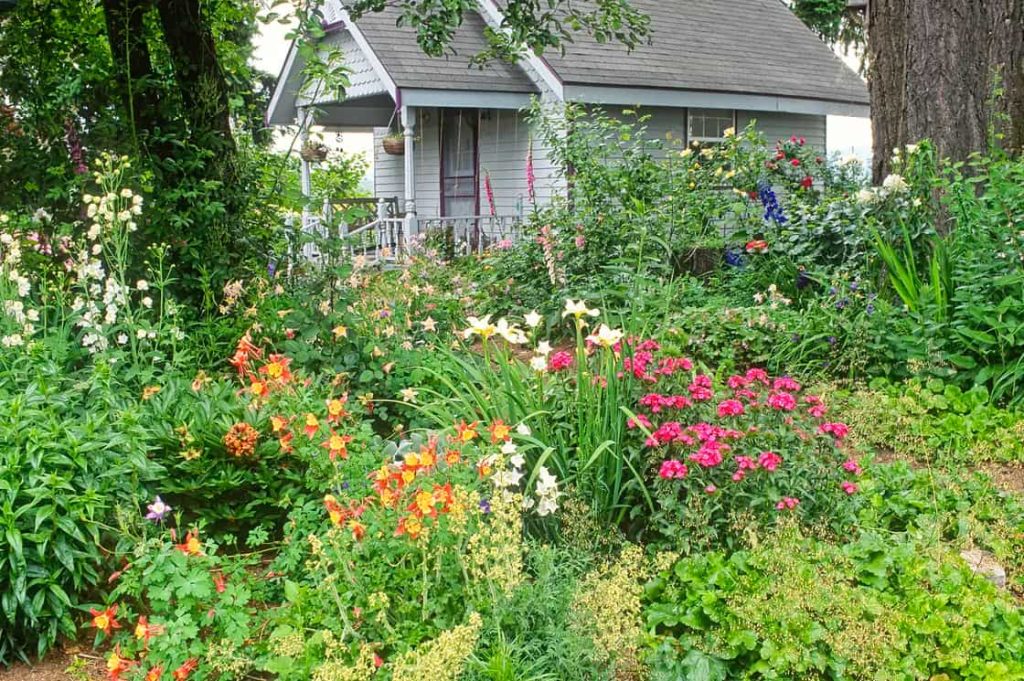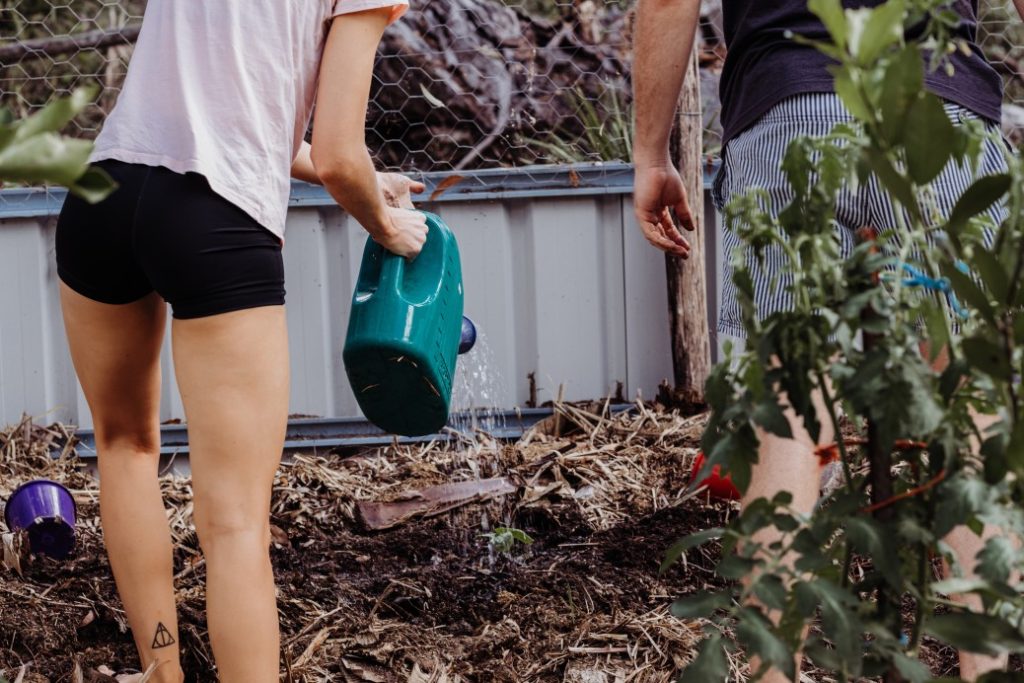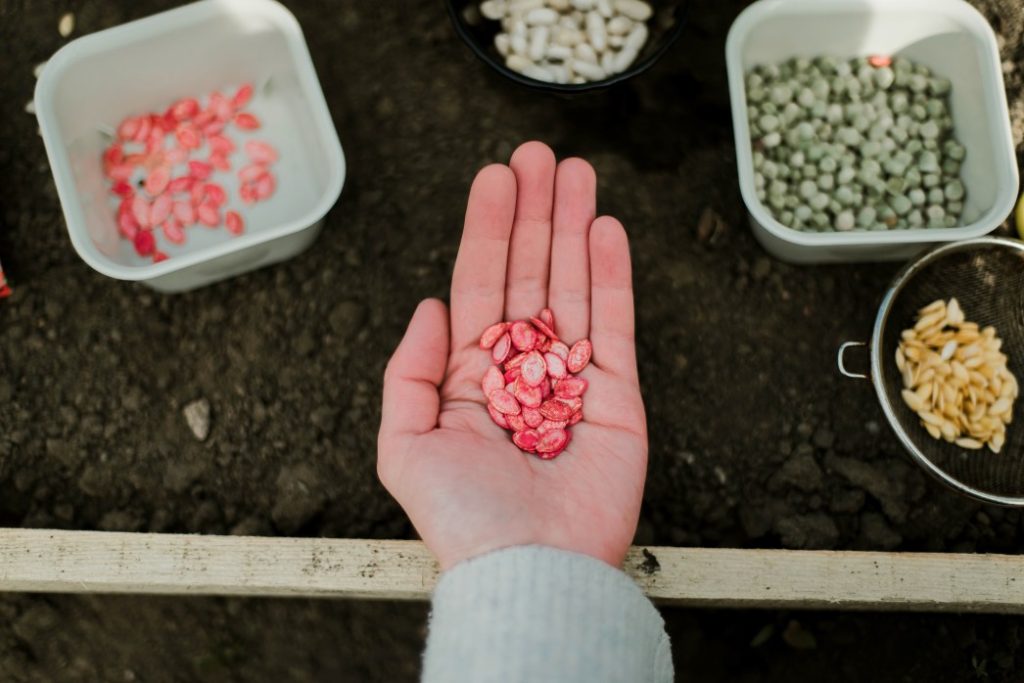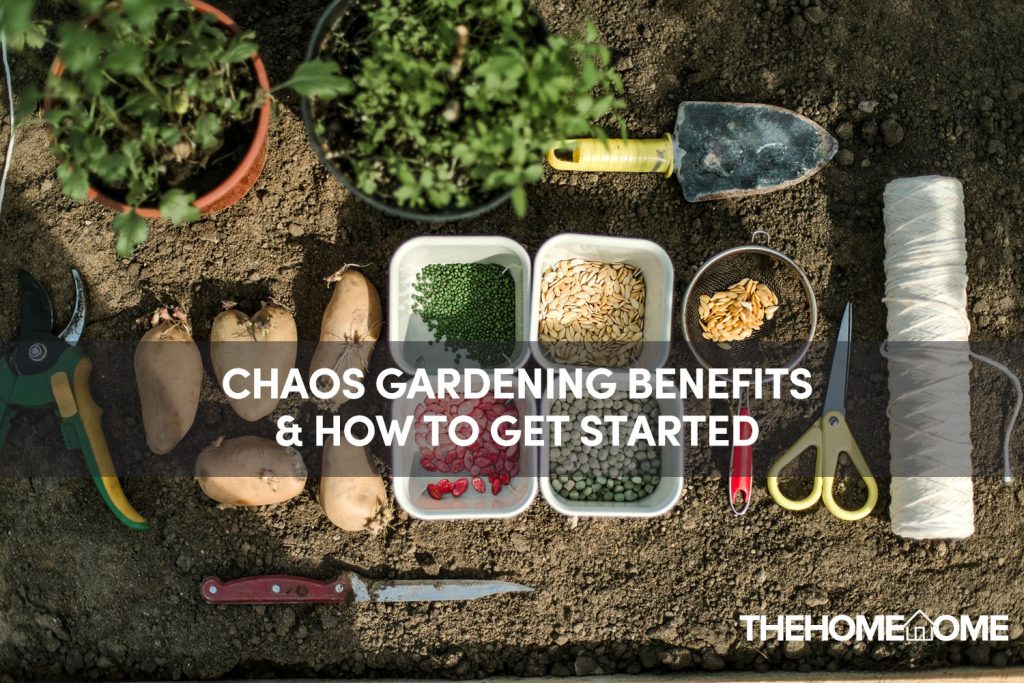The chaos gardening method is a pretty basic idea but confusing to a lot of people specifically farmers and gardeners. The principle of chaos gardening is similar to companion planting but in this case, you are not planting crops of mutual benefits together.
As the name implies, you are going to have to watch the chaos of plants take place by throwing them all out in no specific order.
Gardening is quite an interesting and very exciting process that has been around for centuries.
It has also been discovered that getting your hand in the soil gets you in contact with a soil bacteria called Mycobacterium vaccae. These bacteria, in turn, trigger the release of serotonin in your brain and this acts as natural anti-depressants, strengthens the immune system, and many more.
There are a lot of reasons you can decide to practice the art of gardening and chaos gardening might not be necessary but the principle is simple and does come in handy when you don’t want to get your hands into the soil or have excess seeds at hand and know not what to do with them.
If you are familiar with companion planting then this concept shouldn’t sound strange to you.
There is always going to be something incredibly amazing about bringing a new plant to life. However, you might wonder how you can enhance crop genetic diversity or what you can do with a packet of seeds that has passed its expiry date. Chaos garden is the answer to all of these and this article contains all you need to know.
Chaos Gardening Explained
Chaos gardening can be regarded as a basic gardening method and some like to call it creating a mess with seeds. The method lets you work less when it comes to growing different kinds of crops, the point of chaos gardening is to be lazy yet harvest as many plants as you can.
Chaos gardening involves taking as many annual vegetables, flowers, fruits, and salad fruit seeds and mixing them all. This process lets you work with all kinds of plants randomly.
With chaos gardening, you don’t have to go through the digging of the soil and planting process, simply throw the plants all over the soil and sit back to see what happens. You can work with any type of seeds, old seeds, ones in the drawer bin, or whatever you can find in your store.
The idea is to create a diverse area of plants growing in a specific area and it is also a way to prevent birds, pests, and small rodents from feeding on your plants as they tend to get confused as they watch the chaos of plants grow.
You don’t need prepared soil to create chaos garden but you have decided if you are dedicating a large or small portion of your garden to it. Some plants might not like the growing condition so some planting tips will be needed to maximize your growing success.

The Benefits Of Chaos Gardening
Since the idea of chaos gardening is to pick every leftover seed randomly and roll them all out on the ground to see which survives then it does make wonder what the benefits are. Unlike companion planting, you do not need to work with lists of plants that do well with each other, you just have to leave it all up to chance.
There is more luck than experimentation when it comes to chaos gardening. A recent study has shown that the benefits of chaos gardening are there is high productivity gain with little to no effort involved.
Growing more diverse crops can increase productivity and they are very unlikely to compete with each other. Their natural variation in heights will also crowd out weeds which are not going to happen to companion planting.
Know that a combination of plants that are distantly related to each other certainly makes your garden look interesting and you can worry less about pests. Below are a list of benefits to be derived from chaos planting.

- Pest suppression
- Soil fertility
- Yields crop stability
- Weed suppression
- Soil organic matter
- Forage yield
There aren’t many studies on the benefits of chaos gardening but according to research by the University of Toronto, the above are the things that were noted however this is not without some certain steps and guides.
5 Simple Steps For Planting A Chaos Garden
Chaos gardening sounds interesting and the next step to trying this is finding how it can be done successfully. While minimum effort is needed for this process, it will help to know how to get started while keeping in mind that your efforts might go unnoticed.
Let’s walk through the process of how to get started on chaos gardening.
1. Choosing Planting Area
Chaos gardening is referred to as a way to have fun with planting hence it’s pretty simple and requires no experimenting or planning. You can grow as many as 15 crops in different combinations and you will have to give up a portion of your garden for that. While you don’t have to choose prepared soil, you will have better luck if you do choose well-tended soil though.
2. Mixing And Marching
Next is the mixing and matching which isn’t complicated, unlike companion planting. This is an important part if you want success with this gardening concept. Place all the seeds you have into a large bowl to see how much you are working with then pour warm water until the seeds are entirely covered. You have to watch out for reaction to help discover which of the seed will germinate.

3. Strain And Dry Seeds
After soaking your seed in water, you have to drain it using a fine-mesh sieve, paper towel, and coffee filter to strain it. Pat them dry and add to a bowl and you should cover half an inch of soil. This is another important step as it ensures an even distribution of the seeds when they germinate.
4. Sorting Plants
Next is to sort out your plants although the idea is to have them all scattered across the area allocated to them, if you want better results then you might as well sort them out. You should have the larger seeds like corn, squash, melon, and beans planted first then you can cover with half an inch of soil.
Scatter the small seeds such as peppers, root crops, tomatoes, and green on top after.
It is recommended that you use a rake to have them properly distributed. You can gently break up the top layer of the soil to sow your chaos garden and ensure they don’t invade each other’s space as they grow.
5. Playing Mother Nature’s Helper
This next principle is going to help enhance the growth of your plants. There is no guarantee all the plants will grow successfully hence you have to give it just the right care you will give any garden plant. Surprisingly, some crops share space well with themselves but they will need your help once in a while.
Water regularly and you can also thin out some baby greens and other edible root crops. It’s also great to space them out a bit further too so large crops like cucumbers and tomatoes can be trellised thereby giving the smaller ones enough space to grow at the base.
Wrapping Up
There is no specific rule you have to follow when it comes to chaos gardening, you will have to simply leave it to mother nature to decide the outcome. You can decide to sort it or leave it all to tangle in a self-sorting tangle which still gives you enough room to harvest.
This experiment can end up with no successful result but that’s okay and some might still germinate as the season progresses. The trick to a successful chaos garden is to not keep your plants all too clustered up.
Related Guides:
